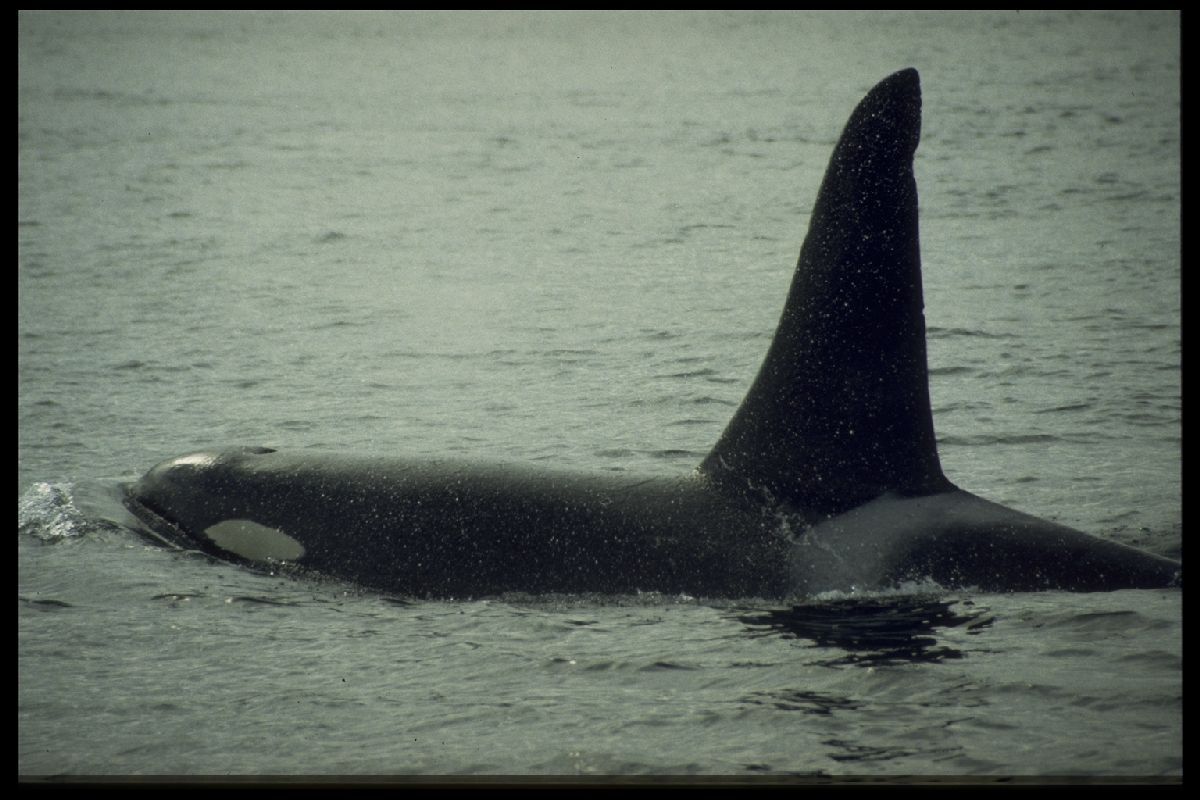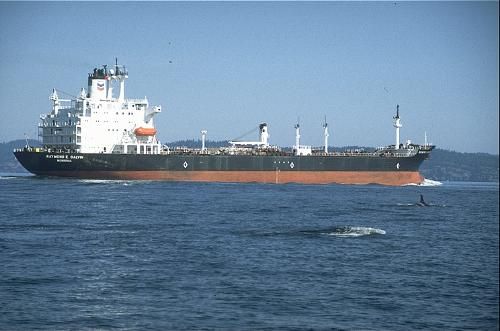| WHAT IS AN ORCA? |

|
| WHAT IS AN ORCA? |

|
There is only one species of orca, however geographic isolation may have created different unique races and populations. Near the Washington, British Columbian and Alaskan coasts we know that there are at least two distinct races of orcas. These are referred to as Transients and Residents. Even though these two groups share the same ocean space they differ in their social habits, range, diet and to some extent even their physical appearance. In recent years a third population, the Offshores, has been discovered living along this coast. Not much is known about this group, as sightings have been infrequent. We do not know if they represent another unique race or another community.
The study of Orcinus orca is relatively new. Prior to 1964 there were few systematic, scientific investigations of orcas. Their lives as ocean animals made studies difficult for researchers. There was also a very negative attitude toward orcas, who were considered, at best, as a nuisance to the fishing industry and at worst as vicious predators deserving extermination. After the first attempts to capture and display live orcas, in the mid 1960s, public attitudes began to change and scientific curiosity was heightened. The failures of the early captures did not deter the rash of subsequent captures. The easily accessible populations along the Pacific Northwest were hit the hardest. Throughout the latter part of the 1960s and in the 1970s, many whales were taken for the quickly growing captive industry . Many died during capture attempts. The result was that nearly 70 whales were removed permanently from this population. Most devastated was what is known today as the Southern Resident Community. All this happened before any real understanding of this whale population had been acquired.

|
Public awareness and concern about these captures forced the Canadian government
to assess the size and nature of the orca population. There had been the
perception that there were thousands of orcas in these waters. In the early
1970s the Department of Fisheries and Oceans hired a young scientist, Dr.
Michael Bigg, to organize, conduct and evaluate a census. Dr Bigg quickly
concluded that the population was actually only a few hundred at most.
Soon after, when he and his colleagues moved into the field, he developed
a photo-identification method for identifying and keeping track of individuals
within the orca population. Dr. Bigg recognized that individuals could be
identified by the unique markings on their dorsal fins. These markings, nicks,
notches, or tears, proved to be reliable indicators of identity.

|
To Identification |

|
Back to the main Orca-Facts |

|
Back to my homepage |